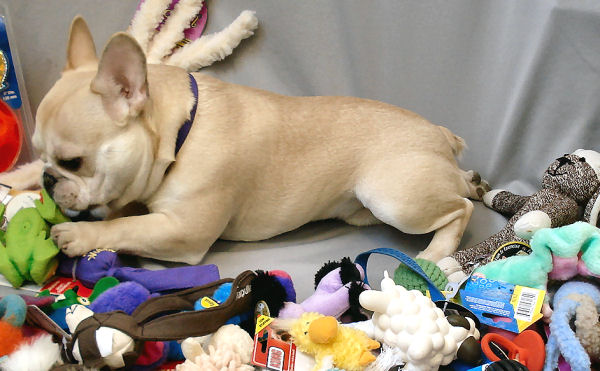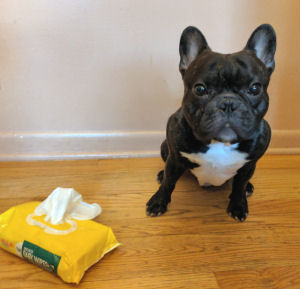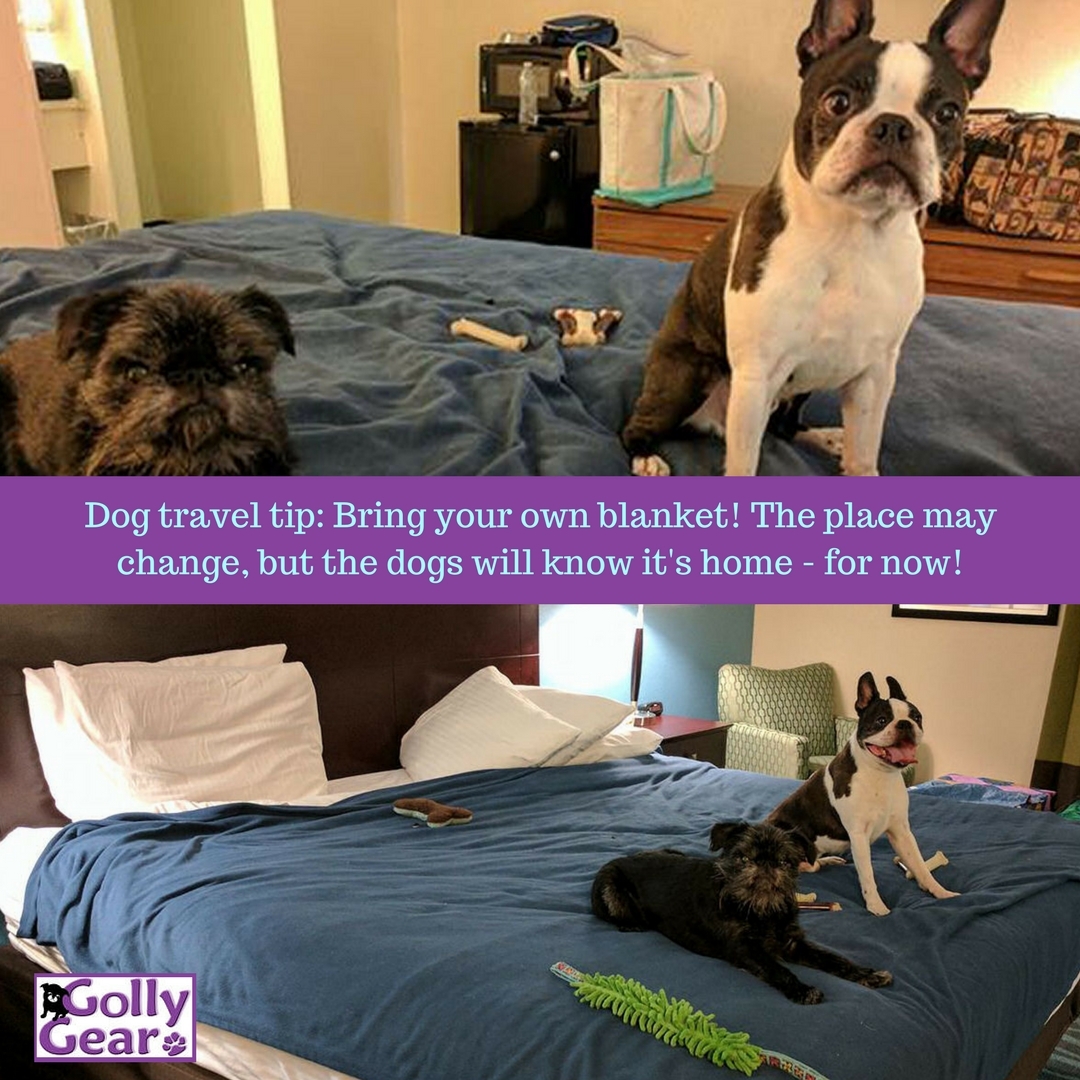Dogs seem to have ESP for new toys. We can walk in the house with a dozen bags of groceries, clothes, sundries. They don’t care. (Unless the grocery bags have cheese, of course.)
But one bag with a dog toy – they know! And they’re jumping around, trying to see, sniff, and get their grubby little paws on the loot.
And if your dogs are like ours – they have tons of toys. And they walk right by the toys they adored last week to get to the new ones.
This week’s tip is a plan to reignite the love they lost for all those old toys.
The first step is to sort through all the old toys. Just touching the toys, or gathering them in one spot, might rekindle your dog’s interest, but be insistent. We use a laundry basket and just go through the house gathering toys as we go.
Sort the toys next. Anything that’s got irreparable holes in it, toss. Be ruthless. Phydeaux may be staring at you with those big puppy-dog eyes, insisting he loves that particular toy more than breathing. Don’t be swayed. If the toy isn’t worth fixing, and Phydeaux hasn’t looked at it since the havoc was wrought, out it goes.
During our toy sweeps of the house, about a fourth go into the trash. Don’t feel bad about it – the toy did its job and met a fun end. Your dog enjoyed it thoroughly.
The next step is cleaning. We cheat. Soft toys (stuffies, plush, ropey toys) go in the washing machine and dryer (air fluff mode – no heat). Yes, the squeakers (those that still work) may fill with water and stop working temporarily. As you move them from the washer to the dryer, give them a squeeze to eject as much water as you can. Don’t worry about the rest – it’ll evaporate.
Latex, vinyl, and rubber toys go in the dishwasher. Delicate, or low heat settings, and top rack so you don’t melt the toys. Again, when they come out, give them a squeeze to rid squeakers of excess water.
Then comes the fun part. Pick about half a dozen of the toys to keep out and put the rest away in a covered storage bin. You can even put the new toys in a plastic bag and bring them into the house again, as if they’re coming home for the first time. Have a great play session with your dog. Every single toy is brand new again!
Rotate through the toys whenever your dog seems to be losing interest. Have another storage bin for the “used” toys – take away one toy for each one you take out, and throw away any toys that can’t be fixed. As the “new” bin empties and the “used” bin fills, schedule another cleaning day.
Which is not to say that our dogs never get new toys! There’s always something new and fun coming into our house – but we get full value from every dog toy we buy!











